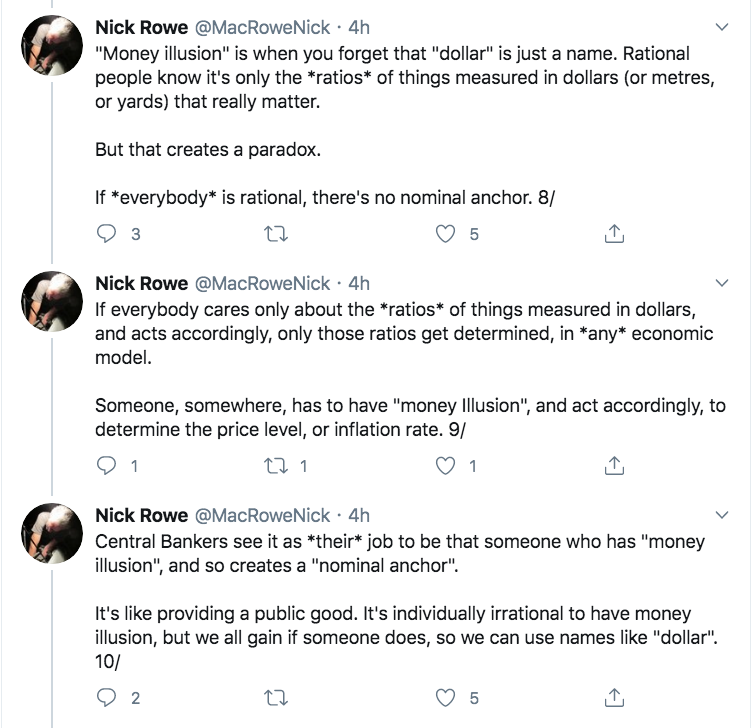Revisiting the islands
On April 19, I did a post discussing the progress of various islands and quasi-islands. Let’s revisit what I said about those places:
1. Greenland had 11 cases, and now has zero. It was the first island to exterminate the virus.
2. Faeroe Islands had 185 cases. There are only 11 active cases today, and no new infections since April 6. No deaths, and no one is in serious or critical condition. They will likely eliminate the disease within a few weeks.
Greenland is still Covid-19 free, and Faeroe Island has now eliminated the disease as well.
3. Iceland has had 1771 cases and gets about 10 new ones each day, with the number steadily declining. They will probably no longer be getting new cases after a few more weeks, and then in another 6 weeks or so will be virus free. They’ve had 9 deaths. Iceland is important because unlike Greenland and Faeroe Islands it’s a statistically significant sample. Within a month or so we’ll have a good idea as to how many Icelanders will eventually die of the disease (I’d guess about 15), and this will begin to pin down the actual fatality rate.
Today Iceland has only 10 deaths (fewer than I expected) and it will likely stay there as they have only 3 active cases (vs. 471 on April 19th.) I am no longer confident that these islands will get precisely to zero, due to inbound cases. But I do expect zero active cases excluding inbound passengers in quarantine.
4. New Zealand has had 1431 cases and gets about 10 new ones a day, with the number steadily declining. In other words, very much like Iceland. As in Iceland, active cases are also falling very fast. They’ve had 12 deaths, a modestly higher rate than Iceland. This makes sense given that they’ve tested less comprehensively than Iceland, and thus missed a few more cases. The NZ government intends to drive the case total to zero, at which time normal life can resume.
New Zealand had 507 active cases on April 19, and now they have 8. They’ve had no new cases for six days, and hence they’ll soon have no cases at all, except perhaps quarantined inbound passengers.
You see a similar pattern in other islands. Taiwan had a spike of new cases today from a ship in their navy, but otherwise has almost stopped community transmission. Hawaii has bent the curve more than other American states.
Taiwan’s active caseload has fallen from 225 to 14, and is still falling. Hawaii’s active caseloads is down to 27, and is falling fast. Both places will soon be virus free, except quarantined inbound passengers.
I’d also like to point to some quasi-islands:
1. Australia looks a lot like New Zealand and nothing at all like Canada (which it closely resembled during the early weeks of the crisis.) Its active caseload is falling fast, as is community transmission. The mortality rate so far is a bit over 1%. That will rise modestly, but of course they missed some cases.
2. South Korea’s hard border with the North makes it a quasi-island. Active cases are falling very fast, with rapidly declining community transmission. The reported mortality rate is over 2%, but of course they missed some cases.
3. Hong Kong has only 4 deaths in 1026 cases, and only 8 are in serious or critical condition. Community transmission has almost stopped and active caseloads are falling fast. Macao had only 45 cases, no deaths, and community transmission has stopped.
Australia has gone from 2311 to 467 active cases (about where NZ was in mid-April.) South Korea has gone from 2385 to 735 active cases, despite a recent second wave. Hong Kong has gone from 420 to 28 active cases. Macao has gone from 28 to zero.
In other words, I was mostly correct in assuming that island cases would continue to fall rapidly. There are many other success stories that I failed to mention in the April 19 post, also continuing to do very well—trending toward zero.
The next step will be to try to get tourism going again with other countries having virtually zero community transmission. Safe spaces.
Thank God for Chinese tourists!
PS. New Zealand uses a quite expansive definition when calculating coronavirus deaths.


